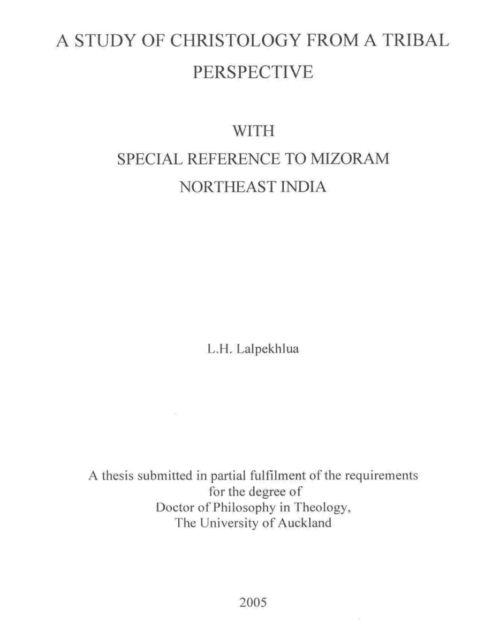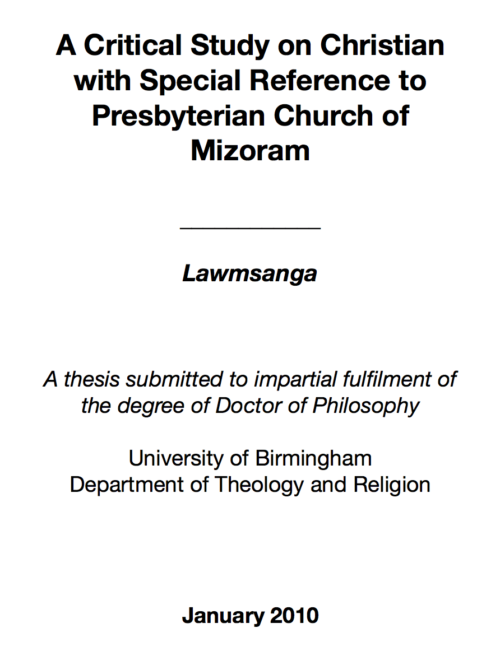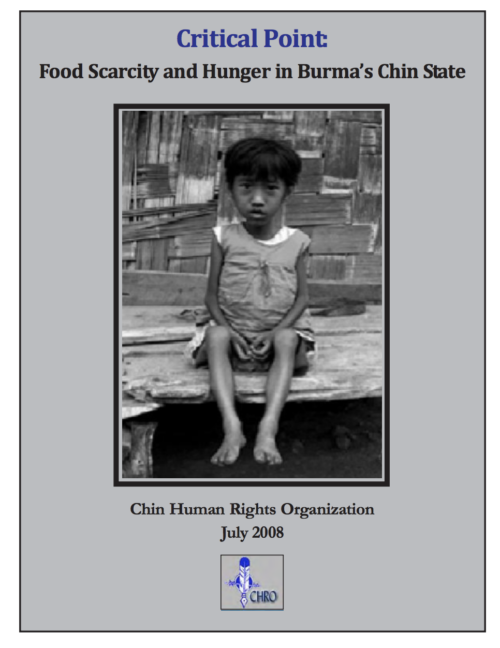Drink Driving Education and Newly Arrived Refugees from Chin State
Description
Through providing settlement services to newly arrived migrants and refugees, Settlement Caseworkers at the Migrant Information Centre (Eastern Melbourne) (MIC) were becoming increasingly aware, and concerned, about road safety issues.
One of the road safety issues that emerged related to drink driving – in particular, the increasing number of clients who migrated as refugees from Chin State in Myanmar (formerly Burma) requesting assistance due to drink driving charges.
The community education program “Looking After Our Mates” (LAOM) is the primary program developed by RoadSafe Community Road Safety Council of Victoria Inc., VicRoads, Victoria Police, Australian Drug Foundation, Good Sports and the Transport Accident Commission (TAC) as a community education program to prevent drink driving.
As LAOM was underpinned by Australian values and language, the MIC received funding from the Victorian Community Road Safety Partnership Program 2011/2012 to evaluate the effectiveness and cultural appropriateness of the program in educating newly arrived people with limited English proficiency on the prevention of drink driving.
Key Findings;
- Many Chin people had little experience of driving in Myanmar or the countries where they fled to as refugees.
- Driving and owning a car in Australia supports a person’s settlement and integration into Australian life. Driving a car reduces social isolation and assists people to obtain employment.
- Since 2006, 1267 people have migrated from Myanmar under the Humanitarian program and settled in the eastern suburbs of Melbourne. The Chin community is primarily settling in the local government areas of Maroondah and Yarra Ranges. According to Chin community leaders, they estimate that the population of Chin residing in the eastern suburbs who speak Hakha Chin is 950 to 1000 people. They also estimate that populations of other ethnic groups from Chin State living in the eastern suburbs of Melbourne are 300 Zomi, 150 Miso and 50 Matu people.
- Traditionally, alcohol in Chin culture is seen as a status symbol and as such, male hosts of celebrations and social occasions are keen to provide alcohol to their male guests particularly community leaders as a sign of wealth and social standing. In contrast, it is not culturally appropriate for Chin women to drink alcohol.
- Given the availability of alcohol, the general lack of driving experience overseas and the cultural significance of alcohol within Chin culture, it is imperative that newly arrived Chin people receive adequate education about alcohol consumption and driving in Australia. Specifically, it is important that they understand the laws in Australia in relation to drink driving, the negative impact of drinking on road safety and the concept of harm minimisation in preventing drink driving.
- The LAOM program uses a PowerPoint presentation, TAC mass media road safety advertisements and audience interaction and participation to educate people on the dangers of drink and drug driving and to introduce strategies for ensuring people drive within the legal Blood Alcohol Content (BAC) limits or plan alternative transport arrangements if they plan to drink.
- Key messages in the LAOM program include:
– If you plan to drink don’t drive
– If you plan to drive don’t drink
– Say no to drugs
- The most important message understood by participants was “Don’t Drink and Drive”. Participants did not believe that drugs were a major concern in the community.
- All participants rated the program as “good” or higher on the feedback surveys and they identified a wide range of topics covered in the program that they found most useful. The key messages identified in more than one survey related to increased knowledge of the law, understanding what constitutes a standard drink and how many drinks can affect your blood alcohol content (BAC), and being responsible for yourself and your mates.
- The references to standard drinks were discussed by both groups with the major concern being that people will not care or will make a mistake if they try to drink and stay beneath the limit. As a result, many participants felt it was better to tell people not to drink and drive at all and laws should be changed to reflect this for everyone not just people on “P” plates.
- Participants emphasised that other people in the community needed to attend a program presentation and learn about Australian laws, the negative impacts of drink driving and strategies to plan how to get home safely when drinking, as well as hosting safe parties where alcohol is being served.
- One of the major weaknesses of the program related to the media advertisements. People spoke too fast during the advertisements and used Australian slang that they could not understand e.g. “you’re sweet”, “it’s a bit nippy, “score runs”.
- Most felt that the advertisements did not generally relate to them or reflect their personal circumstances, lifestyles or situation very well. The advertisements did not include actors from diverse ethnic backgrounds or help them resolve problem behaviour that influences drinking and driving within the Chin community.
- The research clearly indicated that there is a need for new arrivals from culturally and linguistically diverse backgrounds to learn about Australian laws in relation to drinking and driving.
- LAOM provides a more targeted interactive presentation on the dangers of drink driving, how it can affect the individual, the family and the community, and how you can look after each other to be safer drivers.
- LAOM can be improved to become more culturally and linguistically appropriate so that people from newly arrived communities with low English language proficiency can learn about drink driving and become safer drivers.
- Terms and key messages in the presentation need to be accurately translated. Interpreters need to be briefed prior to the LAOM presentation to ensure that they understand the terms and concepts in the program. This will provide an opportunity for them to clarify the meaning of words and concepts and accurately translate them throughout the presentation.
- Alternatively, bilingual facilitators could receive training and be registered with VicRoads. This would ensure that trained bilingual presenters can educate others within their communities and become community leaders in safe driving. This would reduce costs in the longer term as interpreters would not need to be employed and briefed prior to each presentation and they would similarly increase the spread of road safety messages amongst communities who are not currently accessing this information.
- Advertisements used in the media and LAOM could also be developed to be more culturally appropriate. For the Chin community, advertisements that show youth encouraging each other to drink, and party hosts that provide glass after glass of alcohol to their guests, would be culturally understood and accepted as normal social behaviour. The advertisement could acknowledge this practice and show responsible behaviour or the impact of the behaviour if a young person or guest drives home and has an accident or is caught by the Police.
Recommendations
- A group of bilingual people from the Chin community be trained and registered by VicRoads as LAOM facilitators.
- Bilingual facilitators or registered LAOM presenters with an interpreter target the Chin community in the eastern suburbs and present the LAOM program on a quarterly basis each financial year.
- The Victorian Community Road Safety Partnership programs throughout Victoria identifies and targets newly emerging communities particularly those with low English proficiency to ensure that they can access road safety programs available in the wider community including LAOM.
- Some advertisements, including those depicting AFL clubs or using a lot of Australian slang, be omitted from programs targeting newly arrived Chin or other communities from culturally and linguistically diverse backgrounds.
- Media advertisements are developed for LAOM that are more culturally appropriate e.g. include people from diverse backgrounds in media and challenge cultural traditions that encourages irresponsible drinking behaviour or maximises alcohol related harm within the community
Additional information
| Format | |
|---|---|
| Language | |
| Year Published | |
| Publisher | Migrant Information Centre |
You must be logged in to post a review.








Reviews
There are no reviews yet.